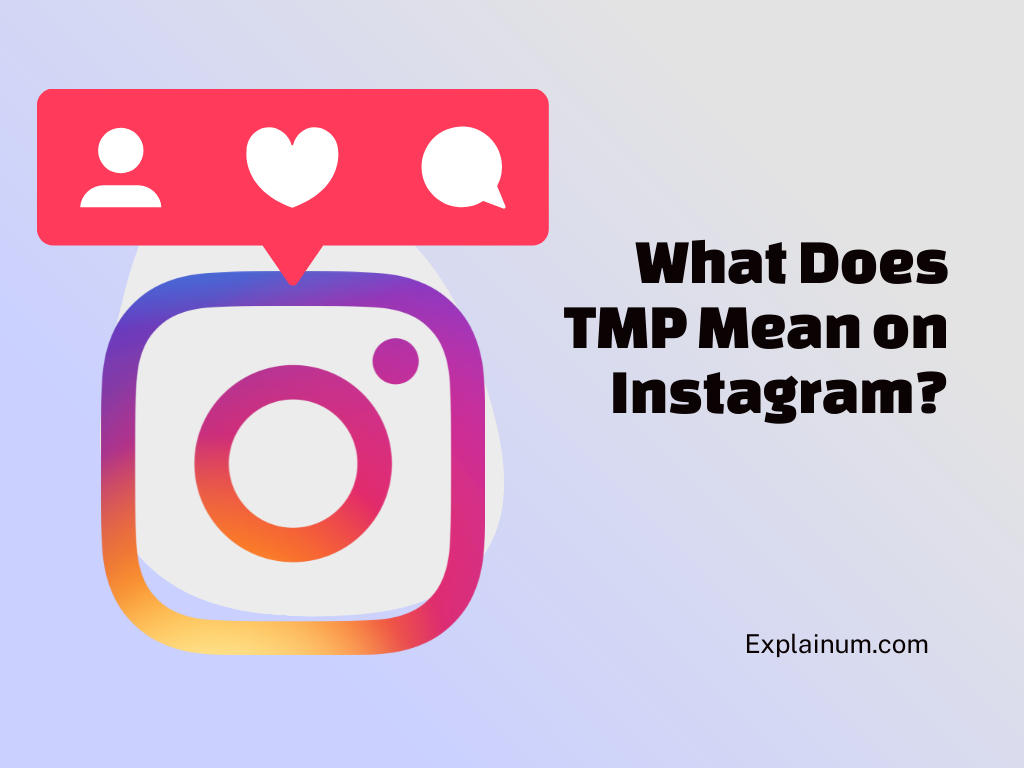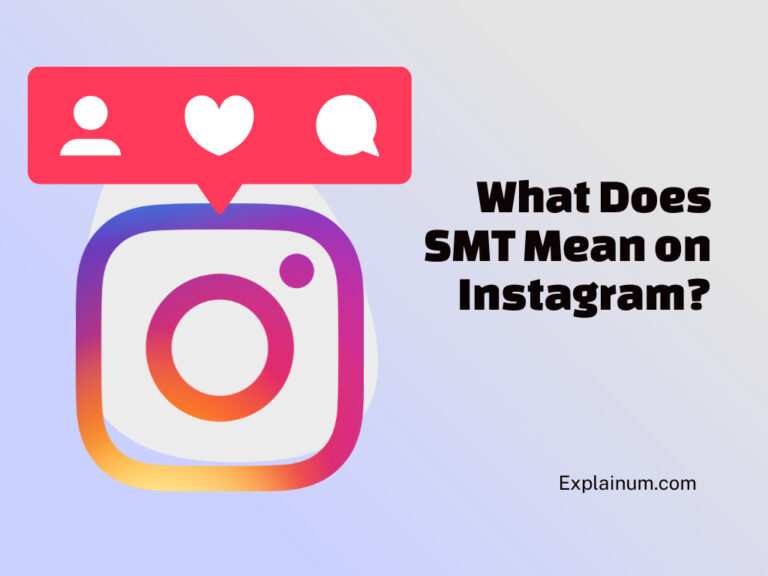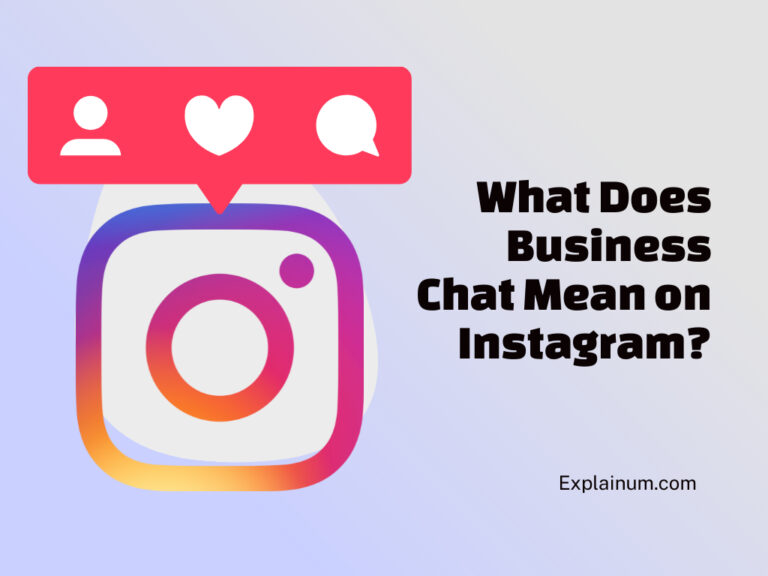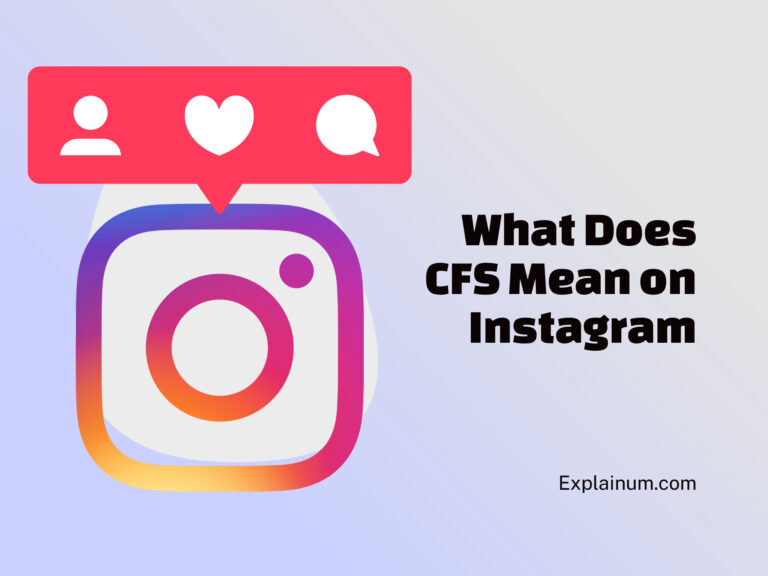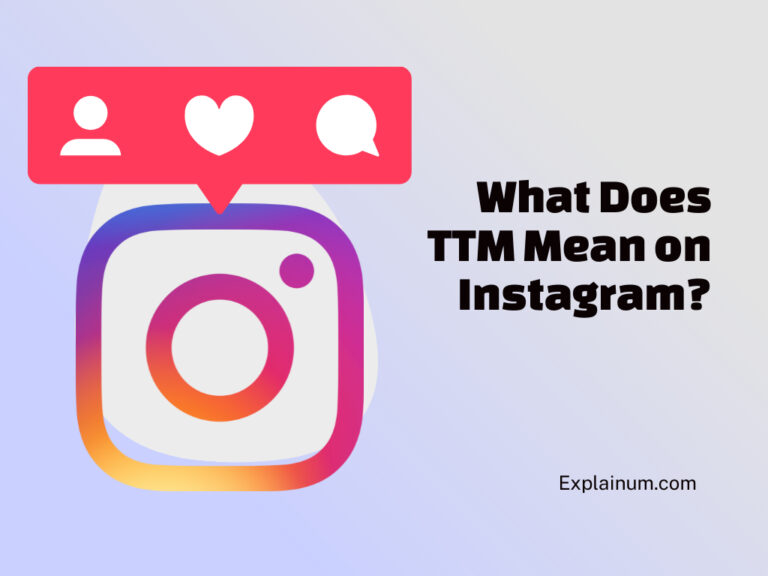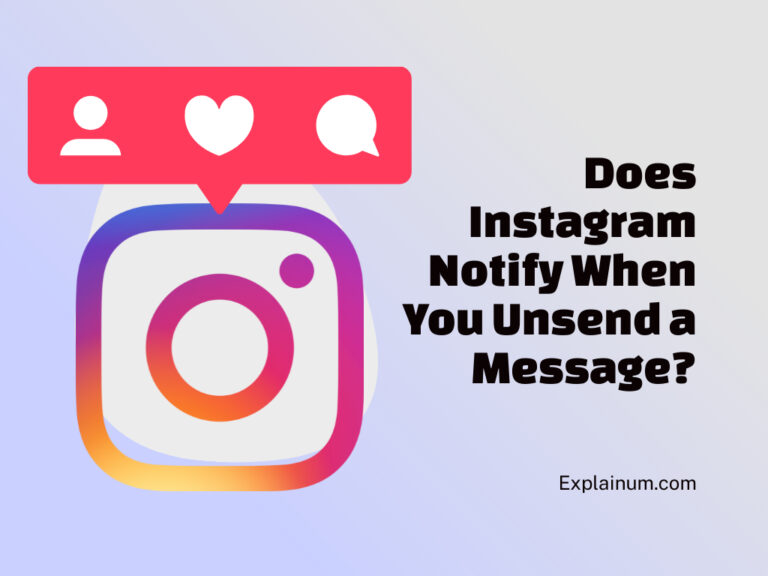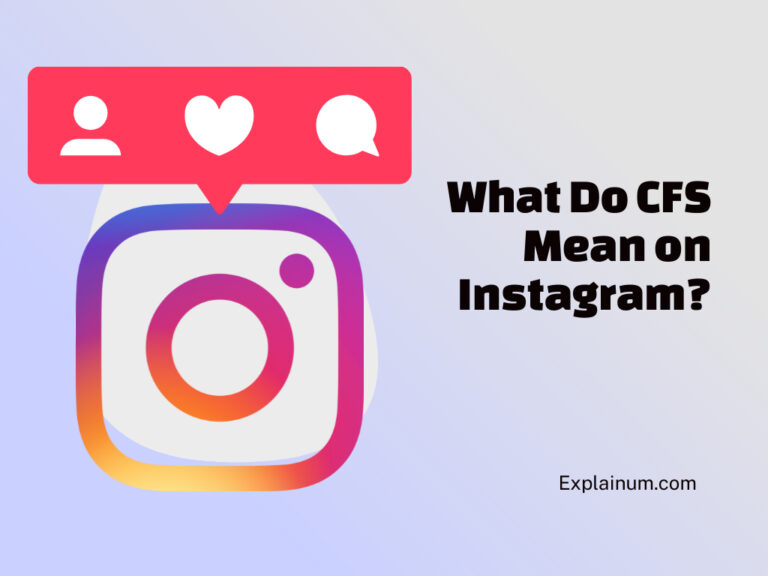What Does TMP Mean on Instagram? Decoding Slang for Everyday Users
In a fast-paced digital world, acronyms have become a language unto themselves, especially on platforms like Instagram where speed and convenience are key.
The term “TMP” can pop up in our Instagram messages or captions, leaving some scratching their heads over its meaning.
Traditionally, TMP has been understood in various contexts—for texting, it might signify “Tell Me, Please,” a prompt for further information. Otherwise, it could represent temporary, referencing something with a short lifespan or limited duration.
It’s widely recognized that social media acronyms can shift in meaning based on trends and the creative ways users adopt them.
In Instagram’s diverse community, TMP might change into a niche term for marketers, influencers, or casual users.
It carries weight in communication by conveying messages succinctly.
Knowing the accurate and current interpretation of such abbreviations can streamline interaction and enhance user experience.
Misinterpretation, on the other hand, can result in confused or unclear communication, highlighting the importance of understanding these terms in their proper context.
Key Takeaways
- TMP is a versatile acronym on Instagram that often means “Tell Me, Please.”
- The meaning of TMP can vary, impacting communication and user experience.
- Understanding TMP helps in clearer Instagram interactions and messaging.
Understanding TMP on Instagram
In the world of Instagram communication, users often look for quick ways to send messages and convey their intentions.
The acronym TMP is a prime example of this.
It’s a versatile term that stands for different phrases depending on the context. Below are some of the ways that TMP is used on Instagram.
TMP as ‘Text Me’
‘Text Me, Please’ is a common interpretation of TMP on Instagram.
When someone drops TMP in a conversation, it’s a direct request for the other person to send them a text message.
It’s a discreet way to ask for further communication without having to broadcast more personal contact details on social media.
- Context: “Saw your story! TMP about the details.”
TMP as ‘Too Much Pressure’
Sometimes the letters TMP communicate ‘Too Much Pressure’.
On social media platforms like Instagram, where people share snapshots of their lives, TMP can signify that someone is feeling overwhelmed or stressed.
- Usage:
- To express stress: “Can’t deal with all this right now, feeling TMP.”
- In support: “If you’re feeling TMP, I’m here to chat.”
TMP as ‘Tomorrow’
Another way TMP is utilized is to denote ‘Tomorrow’.
It enables users to make plans or talk about future events with simplicity and speed, which is particularly useful in the fast-paced environment of Instagram.
- Example: “Are we still on for the beach TMP?”
The use of TMP on Instagram exemplifies how slang terms and shortcuts have become an integral part of communication on social media.
It’s indicative of the need for brevity and the tendency to simplify interactions in a digital setting.
Impact of TMP on Communication
When people sprinkle the acronym TMP in their Instagram interactions, they might be adding a layer of convenience or potentially causing confusion.
Let’s explore how this short abbreviation affects the exchange of messages within the Instagram community.
Relationships and TMP
Using TMP (Text My Phone) often signifies a person’s preference for taking conversations from public comments to a more private space like direct messages (DMs) or text messages.
This shift typically happens when folks want to foster a personal connection or discuss matters that need privacy.
For instance, one might see a caption under a friend’s photo that reads, “Cute pup! TMP about where you got it.” This indicates a desire to deepen the conversation in a more personal way.
Misunderstandings and Clarity
While brevity in communication can be convenient, TMP can lead to misunderstandings if both parties aren’t clear on its meaning.
It could mean “Too Much Pressure,” “Try My Patience,” or simply, “Text My Phone.”
An Instagram user might comment TMP under a post, presuming it’s understood as a request for a direct text, while the recipient might interpret it as expressing a feeling of pressure.
TMP in Direct Messages
Within Instagram’s direct messages, TMP can streamline communication by quickening the shift to traditional text messaging.
Users often prefer texting because of the ease and immediacy it provides.
If someone’s DM starts with “Hey, TMP when you’re free,” it’s an invitation to continue the chat via text, where they likely feel more comfortable and may engage more freely.
TMP in Instagram Marketing
In the landscape of Instagram marketing, TMP, or “Tell Me, Please,” becomes a powerful tool to foster engagement and connect influencers with their followers on a more personal level, encouraging a lively and interactive community.
Engagement through TMP
When authors include TMP in their captions, they’re extending an invitation to their audience to share thoughts and join the conversation.
It’s a strategy to increase engagement by prompting followers to comment, which can positively impact how the Instagram algorithm prioritizes content.
For example, during a product launch, a brand might post a photo with the question, “What do you love most about our new product? TMP your thoughts below!” This simple addition transforms static viewers into active participants.
TMP for Influencers and Followers
For influencers, TMP becomes a bridge to their followers, helping them to understand their audience better.
They might include TMP in their stories or bio, asking followers what content they wish to see or feedback on previous posts.
The direct interaction not only boosts their engagement but also helps build a sense of community.
Followers feel valued when their input is solicited, and influencers can tailor their content to their audience’s preferences.
Plus, using TMP allows influencers to keep the conversation on Instagram rather than moving it to less visible platforms, maintaining the link and the engagement within the app itself.
Legal Considerations of TMP
When diving into “TMP” on Instagram, it’s vital to consider how it intersects with legal concepts like trademarks. Even on social media, one has to navigate the waters of intellectual property rights carefully.
TMP and Trademark Issues
Trademark issues can arise with the use of acronyms like TMP on Instagram, especially when they overlap with registered trademarks.
If a user includes TMP in their content, and it coincides with a registered trademark, the author of the post may unintentionally infringe on trademark rights.
This could lead to legal repercussions if the trademark owner perceives the usage as a violation of their rights.
For instance, if a brand has “TMP” trademarked for their products or services, and an Instagram user applies the same acronym in a way that could confuse followers into believing there’s a relation or endorsement, the trademark owner might have grounds to take action.
It comes down to a matter of trust; trademarks are there to prevent confusion in the marketplace and protect the reputation of the brand.
Users should be mindful that acronyms can have multiple interpretations and should ensure they’re not unintentionally stepping on any legal toes.
They may want to consider adding context to their use of “TMP” to mitigate any potential misunderstandings with existing trademarks.
Best Practices for TMP Usage
When using TMP, which can stand for “tell me, please” or “text my phone” on Instagram, it’s vital to apply it in a way that fosters clear communication and maintains trust.
Incorporating Acronyms Mindfully
Acronyms should be used with consideration of the audience’s familiarity with them.
For TMP, specifically, it’s prudent to:
- Ensure that both parties understand the meaning of TMP as it can vary from “tell me, please” to “text my phone,” among other interpretations.
- Use TMP in direct messages or comments when seeking a quick and private response.
Balancing TMP with Full Phrases
While acronyms like TMP are handy for brevity, they should be balanced with full phrases to avoid misunderstandings.
She can:
- Start with a clear request or question and then use TMP to indicate a desire for a private or urgent reply.
- Follow up with a full phrase if the recipient seems confused by the acronym.
By adhering to these best practices, users ensure that their communication on Instagram remains effective and considerate of others’ preferences and understanding.

